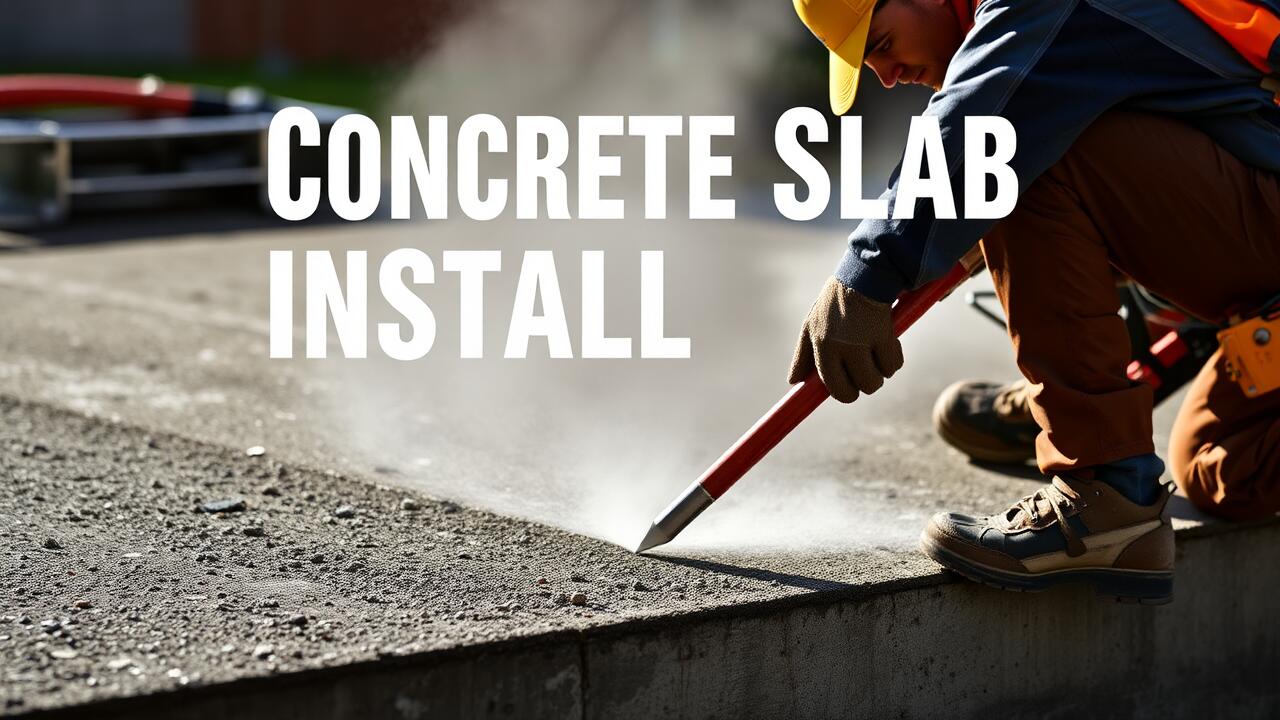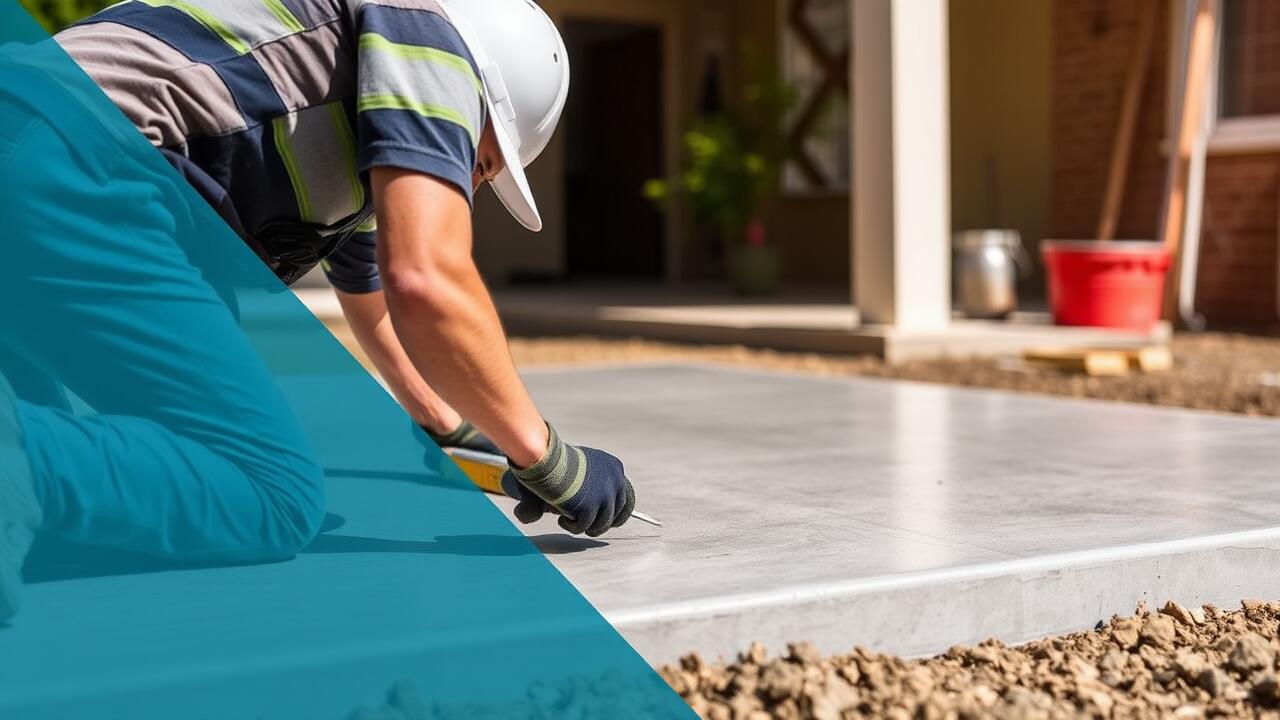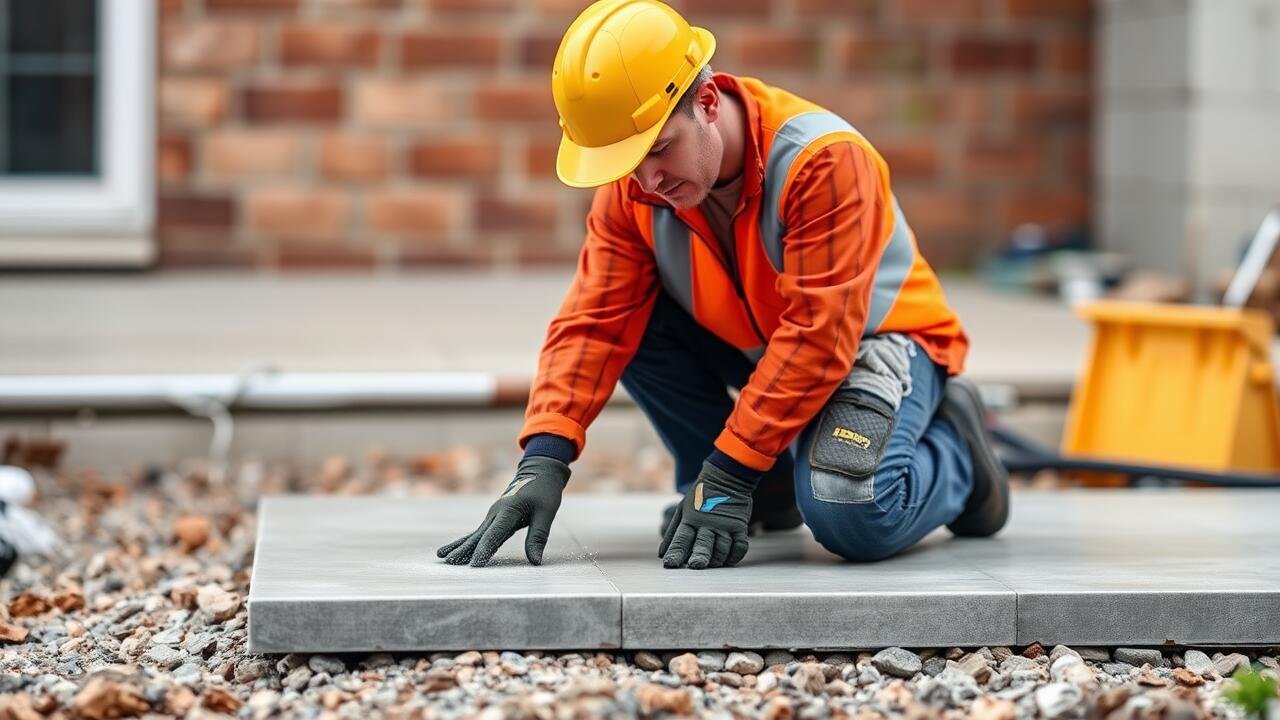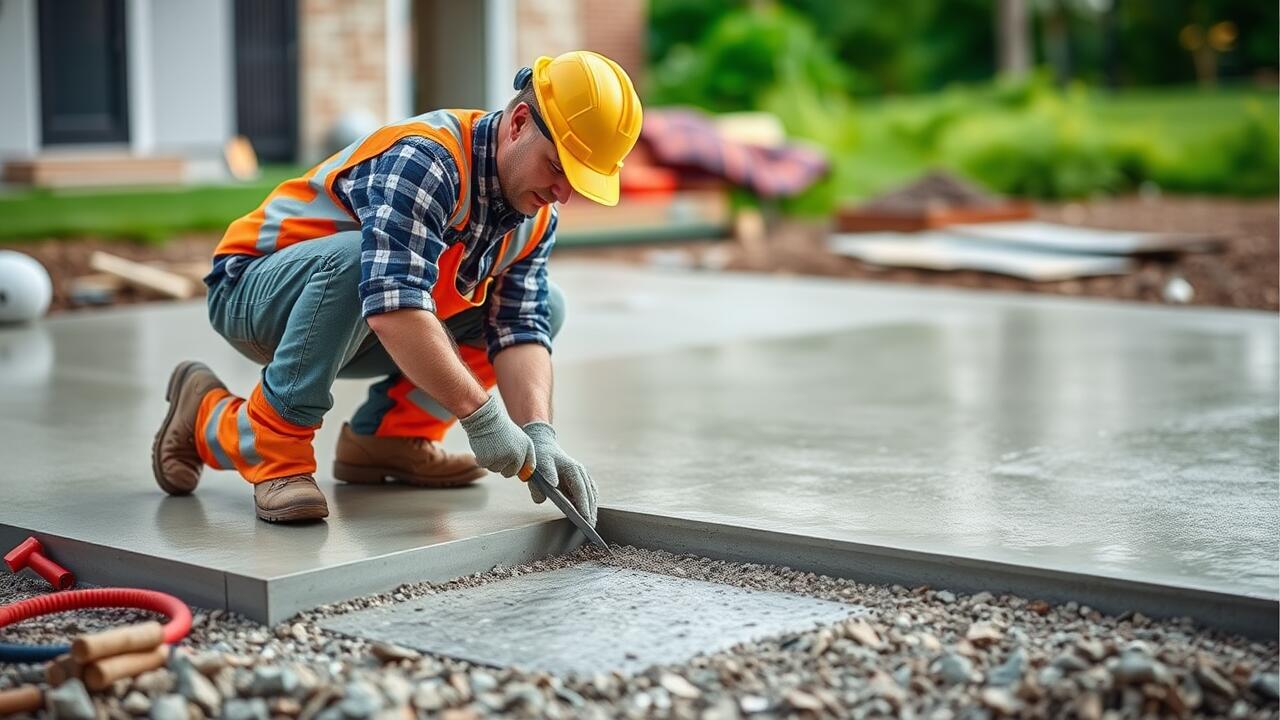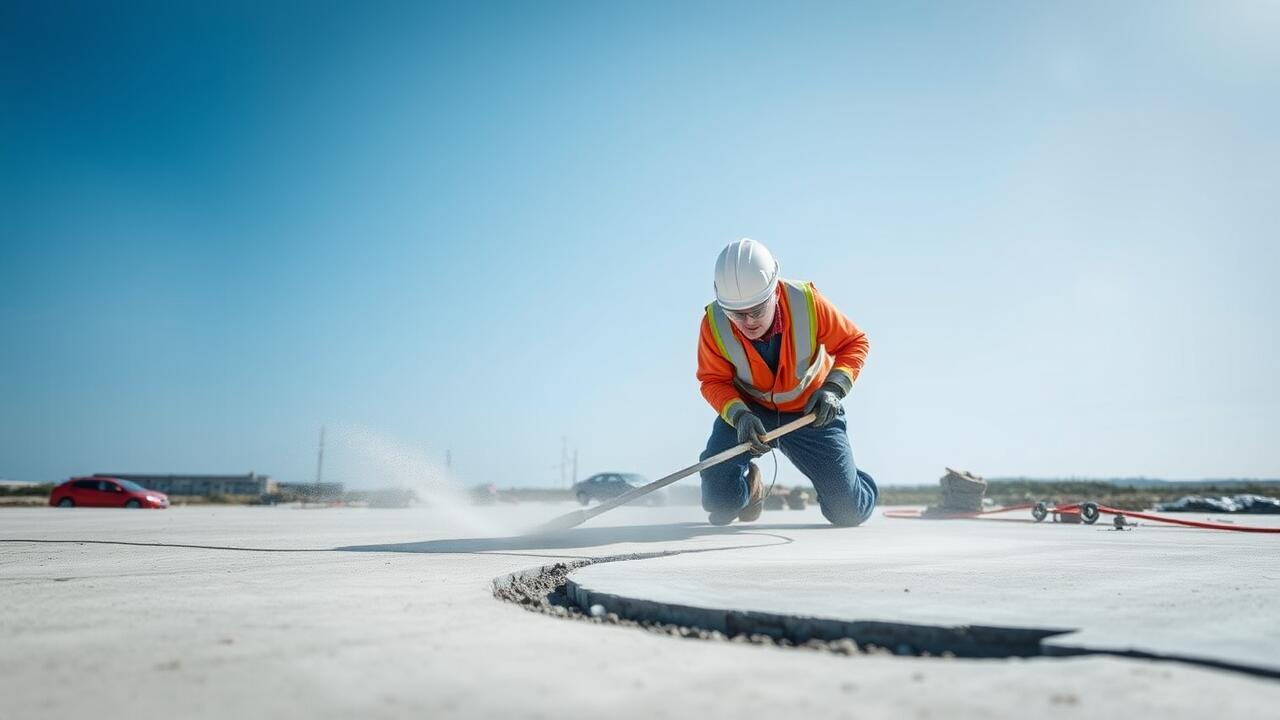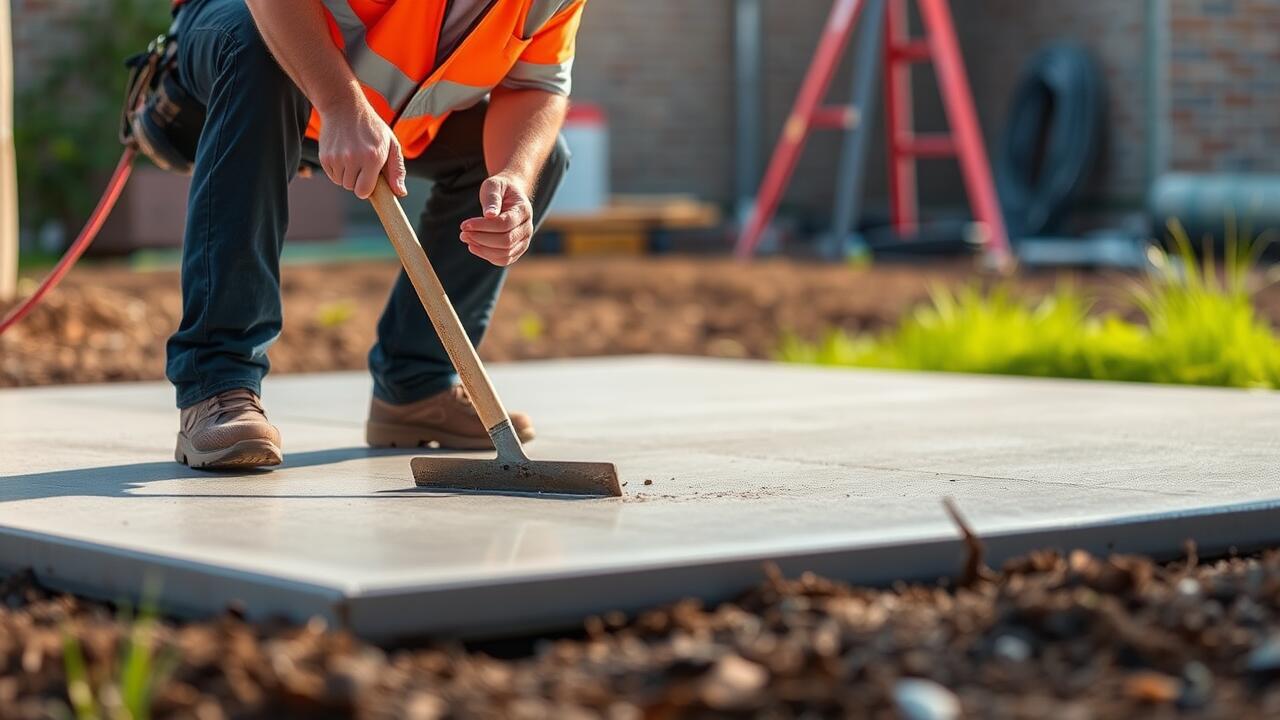
Adding Base Material
A solid base material is crucial for any concrete slab installation. This layer provides support and helps with load distribution, minimizing the risk of cracks or settling over time. Common choices for base material include crushed stone, gravel, or limestone, all of which can create a stable foundation. When searching for options, consider looking for "Concrete Slab Installation near me" to find local suppliers that offer high-quality materials.
The thickness of the base layer typically ranges from three to six inches, depending on the specific requirements of the site and slab type. Proper compaction is essential to ensure stability and avoid future problems. Using a mechanical compactor will help to achieve the desired density. After leveling the base material, it is important to confirm that the surface is smooth and free of debris before proceeding with further steps in the concrete slab preparation process.
Choosing the Right Type of Base Aggregate
Selecting the right type of base aggregate is essential for a strong and stable concrete slab. Common choices include gravel, crushed stone, and recycled concrete. Gravel is often preferred due to its availability and excellent drainage properties. Crushed stone provides uniformity and compaction, making it a solid option for load-bearing applications. Recycled concrete can be an environmentally friendly choice and helps reduce waste. Each type has its unique benefits, so consider the specific requirements of your project before making a decision.
For those searching for "Concrete Slab Installation near me," it’s crucial to understand that the quality of the base aggregate directly affects the longevity and durability of the concrete slab. Well-graded aggregates support better compaction, reducing the potential for settling after installation. Ensuring an even layer of the chosen aggregate will promote proper drainage and minimize the risk of cracking in the concrete. Taking the time to select the appropriate base material sets the foundation for a successful project.
Installing a Vapor Barrier
A vapor barrier is an essential component in protecting your concrete slab from moisture rising from the ground. Installing a vapor barrier helps to prevent moisture penetration, which can cause issues such as mold growth and damage to the concrete over time. It typically consists of a thick, durable polyethylene sheet that is laid out on the ground beneath the slab. This barrier acts as a shield, blocking humidity and water vapor from seeping into the concrete.
Before pouring the concrete, ensure that the vapor barrier is properly installed and free of punctures or tears. Overlap seams by at least 12 inches and seal them with waterproof tape to maintain the integrity of the barrier. Taking these precautions contributes to the longevity of the slab. If you are searching for "Concrete Slab Installation near me," keep in mind that professionals often include vapor barrier installation as a standard step in their process to ensure a quality outcome.
Preventing Moisture Penetration
To prevent moisture penetration during concrete slab installation, the use of a vapor barrier is essential. This barrier acts as a protective layer that stops water vapor from the ground from seeping into the concrete. It is commonly made of polyethylene sheeting and should be laid out over the base material before the concrete is poured. Ensuring the barrier is continuous and free of punctures is critical for maintaining effectiveness.
When preparing for concrete slab installation, consider the ground's moisture level. High moisture content can compromise the integrity of the slab over time. It’s beneficial to conduct moisture tests before installation to determine the appropriate course of action. Implementing solutions tailored to your specific site conditions can significantly enhance the durability of the concrete slab. For professional assistance, searching for "Concrete Slab Installation near me" can connect you with experts familiar with local moisture issues.
Setting Up Formwork
Setting up formwork is a critical step in ensuring the accuracy of your concrete slab. The forms act as molds that define the shape and dimensions of the slab. Using sturdy materials, such as wood or metal, is essential for maintaining the integrity of the formwork. It is important to ensure that the forms are level and properly anchored, as any shifts during the pour can lead to uneven surfaces, compromising the quality of the concrete. Experienced contractors often emphasize the necessity of precise measurements to avoid costly mistakes during the concrete slab installation process.
When considering options for "Concrete Slab Installation near me," proper formwork can streamline the project and enhance results. The alignment of the forms should be double-checked to prevent issues like collapsing or warping, which can occur if the forms are not secured correctly. Additionally, incorporating expansion joints into the formwork helps manage cracking that might arise from temperature fluctuations. Paying attention to detail in formwork setup lays the foundation for a successful concrete pour and a durable end product.
Designing Durable and Accurate Forms
Creating durable and accurate forms is essential for successful concrete slab installation. The formwork should consist of sturdy materials such as plywood or lumber, and it must be free of warps or defects. Ensure that the forms are properly aligned and level, as any misalignment can lead to structural issues down the line. Pay close attention to the corners and joints; they should be well secured to maintain their shape when the concrete is poured. Consider using stakes or braces to support the formwork and prevent shifting during the pouring process.
Additionally, it's important to plan the design of the forms based on the intended use of the slab. Take into account factors such as thickness, load-bearing capacities, and drainage requirements. If the slab will be under heavy usage, reinforcing the forms with additional support can enhance longevity. Homeowners seeking assistance with this process often search for services related to "Concrete Slab Installation near me." Properly constructed forms not only aid in achieving the desired finish but also contribute to the overall integrity of the slab.
FAQS
What is the purpose of adding base material before pouring a concrete slab?
Adding base material provides a stable foundation for the concrete slab, helps with drainage, and prevents settling over time, which can lead to cracks.
How do I choose the right type of base aggregate for my concrete slab?
The right type of base aggregate depends on your specific project requirements, but generally, crushed rock or gravel with a mix of sizes is preferred for its stability and drainage capabilities.
Why is it important to install a vapor barrier before pouring concrete?
A vapor barrier helps prevent moisture from the ground from penetrating the concrete slab, which can lead to issues like mold growth and floor damage over time.
What should I consider when designing formwork for my concrete slab?
When designing formwork, consider the dimensions of the slab, the weight of the concrete, the potential for shifting during pouring, and ensuring that the forms are level and sturdy for accurate shaping.
How can I prevent moisture penetration in my concrete slab?
To prevent moisture penetration, ensure that you install a proper vapor barrier, use the right type of base material, and consider adding drainage systems around the perimeter of the slab.
